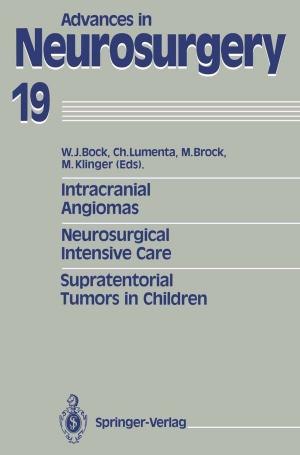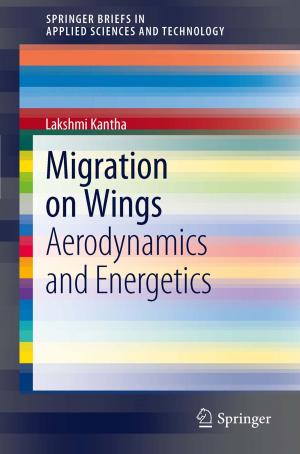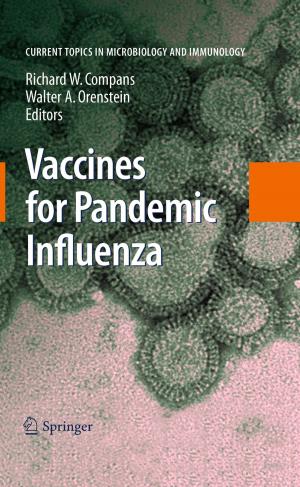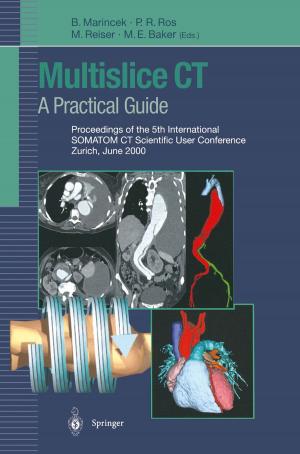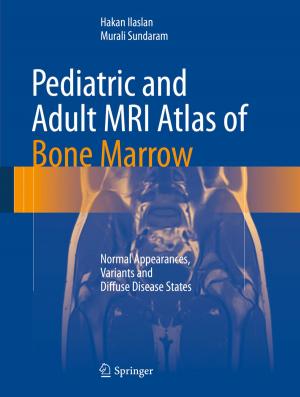Study of the Peptide-Peptide and Peptide-Protein Interactions and Their Applications in Cell Imaging and Nanoparticle Surface Modification
Nonfiction, Science & Nature, Science, Biological Sciences, Biochemistry, Biotechnology, Technology| Author: | Jianpeng Wang | ISBN: | 9783662533994 |
| Publisher: | Springer Berlin Heidelberg | Publication: | September 26, 2016 |
| Imprint: | Springer | Language: | English |
| Author: | Jianpeng Wang |
| ISBN: | 9783662533994 |
| Publisher: | Springer Berlin Heidelberg |
| Publication: | September 26, 2016 |
| Imprint: | Springer |
| Language: | English |
This thesis focuses on the study of interactions between protein and peptides and their potential applications in cell imaging and nanoparticle surface modification. Drawing inspiration from naturally occurring coiled-coil binding pairs, it proposes a novel covalent peptide tag and probe system, based on the concept of “affinity guided covalent conjugation.” This newly established methodology provides complementary resolution to protein labeling, imaging and trafficking. By systematically investigating the coordination interaction between protein and quantum dots using various engineered protein ligands, this thesis proposes a general rule for protein self-assembly on the surface of quantum dots and reports a revolutionized nanobelt protein in accordance with this rule. It is an extraordinary example of interdisciplinary research, providing answers to real-life biological problems from a chemistry perspective.
This thesis focuses on the study of interactions between protein and peptides and their potential applications in cell imaging and nanoparticle surface modification. Drawing inspiration from naturally occurring coiled-coil binding pairs, it proposes a novel covalent peptide tag and probe system, based on the concept of “affinity guided covalent conjugation.” This newly established methodology provides complementary resolution to protein labeling, imaging and trafficking. By systematically investigating the coordination interaction between protein and quantum dots using various engineered protein ligands, this thesis proposes a general rule for protein self-assembly on the surface of quantum dots and reports a revolutionized nanobelt protein in accordance with this rule. It is an extraordinary example of interdisciplinary research, providing answers to real-life biological problems from a chemistry perspective.






